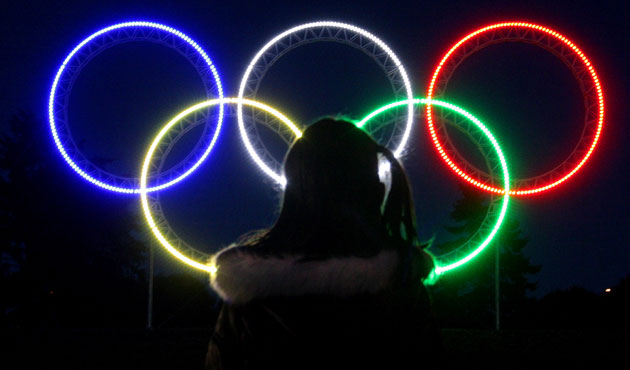
"These five rings -- blue, yellow, black, green and red -- represent the five parts of the world now encompassed by Olympism and ready to compete against each other. Moreover, the six colors (including the white background) thus combined represent those of all nations, without exception. The blue and yellow of Sweden, the blue and white of Greece, the French, English, American, German, Belgian, Italian and Hungarian tricolors, the yellow and red of Spain are side by side with the new Brazilian and Australian flags, the old Japan and the new China. It is a true international emblem."
Coubertin (Selected Writings II, p. 460, 1913).
As an image of Olympism, Coubertin thought the rings had deep significance: that of the union between men. He multiplied the image to create a total of five rings. He designed and commissioned the Olympic flag to mark the 20th anniversary of the IOC's founding, on 23rd June 1914 in Paris. Coubertin never said nor wrote that he saw a link between the colors of the rings and the continents. For him, the five rings represented the union of the five continents, but the colors were merely those that appeared in all the different national flags at the time.
The results of a survey carried out in six countries (Australia, Germany, India, Japan, Great Britain and the USA) in 1995 showed that 92% of those questioned correctly identified the Olympic rings, which made them the most-recognised symbol. They were followed by the McDonald's and Shell emblems (88%), Mercedes (74%) and the United Nations (36%). (SRI Sponsorship Research International).
-- 86% of those questioned associated the Olympic rings with the world's greatest sports event: the Olympic Games. (SRI Sponsorship Research International, 1995).







No comments:
Post a Comment